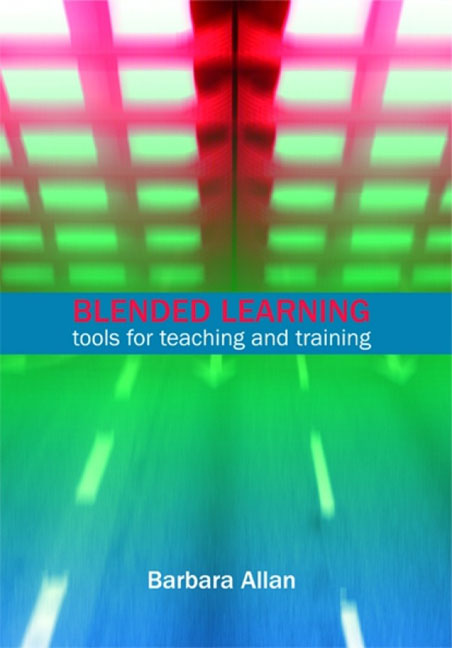Book contents
- Frontmatter
- Contents
- List of figures
- List of tables
- Acknowledgements
- 1 Introduction
- 2 Tools and technologies
- 3 Models of teaching and learning
- 4 Planning and designing blended learning programmes
- 5 Planning and designing learning activities
- 6 Working with groups
- 7 Working as a tutor
- 8 Communities of practice
- 9 Managing blended learning projects
- Index
4 - Planning and designing blended learning programmes
Published online by Cambridge University Press: 08 June 2018
- Frontmatter
- Contents
- List of figures
- List of tables
- Acknowledgements
- 1 Introduction
- 2 Tools and technologies
- 3 Models of teaching and learning
- 4 Planning and designing blended learning programmes
- 5 Planning and designing learning activities
- 6 Working with groups
- 7 Working as a tutor
- 8 Communities of practice
- 9 Managing blended learning projects
- Index
Summary
Introduction
The purpose of this chapter is to provide guidance on the design and development of blended learning programmes. Library and information workers are frequently involved in the development of blended learning programmes and they may be working with ILS colleagues or in multi-professional teams.
This chapter is divided into five main sections. The first section provides an overview of the design and development cycle, and this is followed by sections that consider: developing a blended learning experience including the use of learning objects and developing detailed documentation; technical issues; copyright and other intellectual property issues; and, finally, delivery and evaluation.
Design and development cycle
Spending time on the design and development cycle enables you to focus on developing a blended learning experience that is responsive to the learners and their needs. It enables you to explore and design a programme that provides an appropriate combination of the features of blended learning programmes that were first presented in Chapter 1 and are repeated here:
• time, e.g. synchronous or asynchronous learning activities and communications
• place where learning occurs, e.g. on campus, in workplace, at home
• different information and communication technologies (ICTs), e.g. CD/DVD, first-generation internet technologies, social-networking software or Web 2.0, or new developing technologies
• context of learning, e.g. academic or workplace
• pedagogy, e.g. tutor- or student-centred, behaviourist or constructivist
• focus, e.g. aims of learning process presented by tutors or aims negotiated and agreed by individuals, groups or communities
• types of learner, e.g. learners with different roles, such as student or practitioners, or multi-disciplinary or professional groupings of learners and teachers
• relationships with others in the learning process, e.g. individual learning, group learning, or development of a learning community.
The design and development process for a blended learning programme is cyclical and involves five stages (Figure 4.1):
Each of these stages is considered in detail below. Whether the blended learning project is a major one that will run over a number of years and involve a multiprofessional project team and hundreds of students or a small-scale project involving an individual information worker, the project leader will need to work through the design and development cycle.
- Type
- Chapter
- Information
- Blended LearningTools for teaching and training, pp. 71 - 98Publisher: FacetPrint publication year: 2007



